
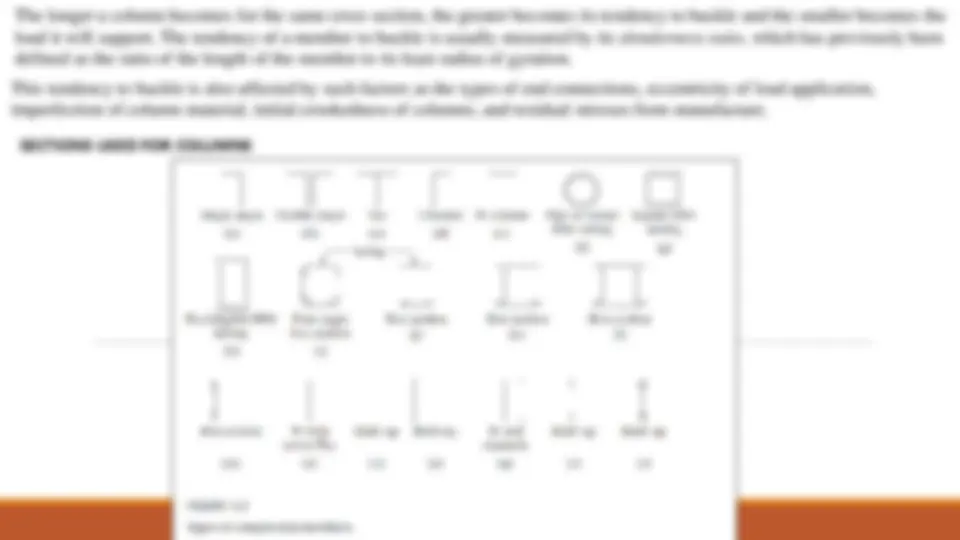
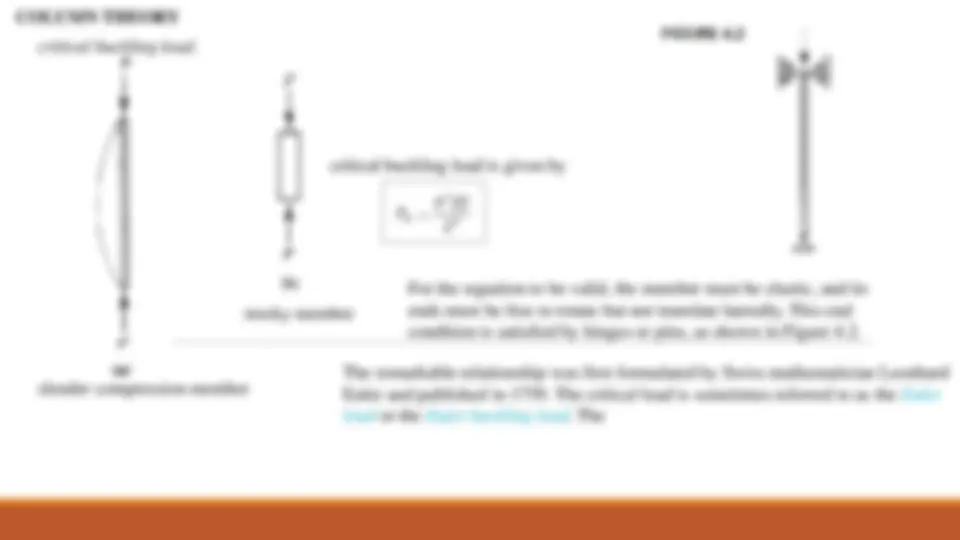
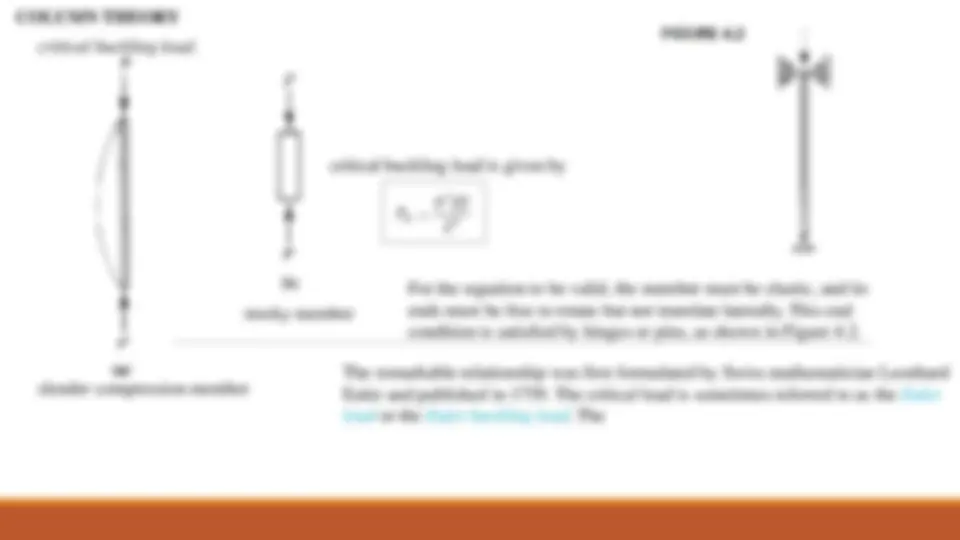
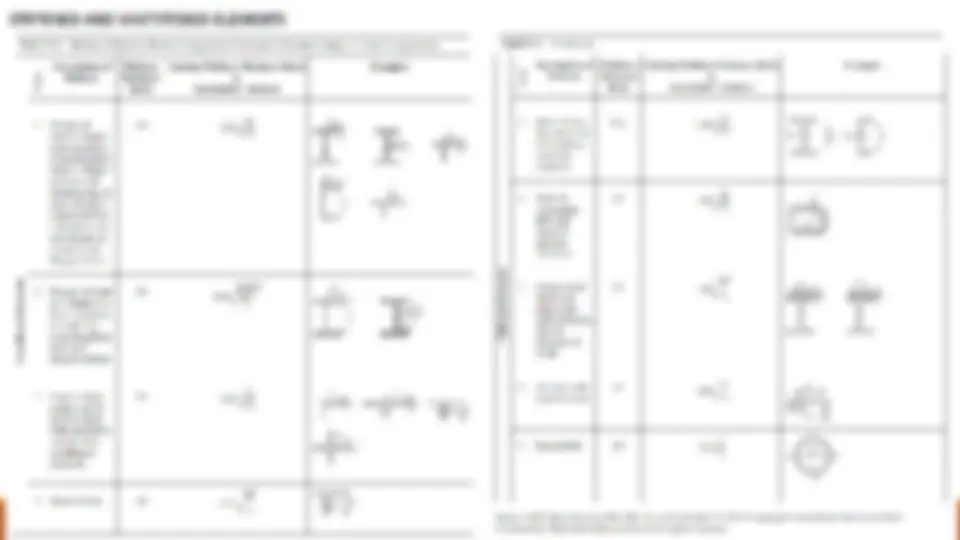
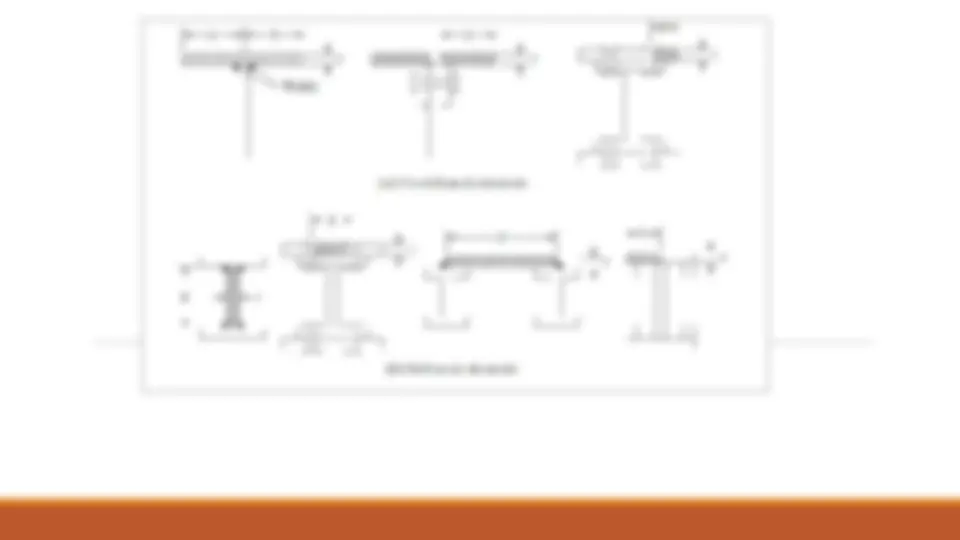
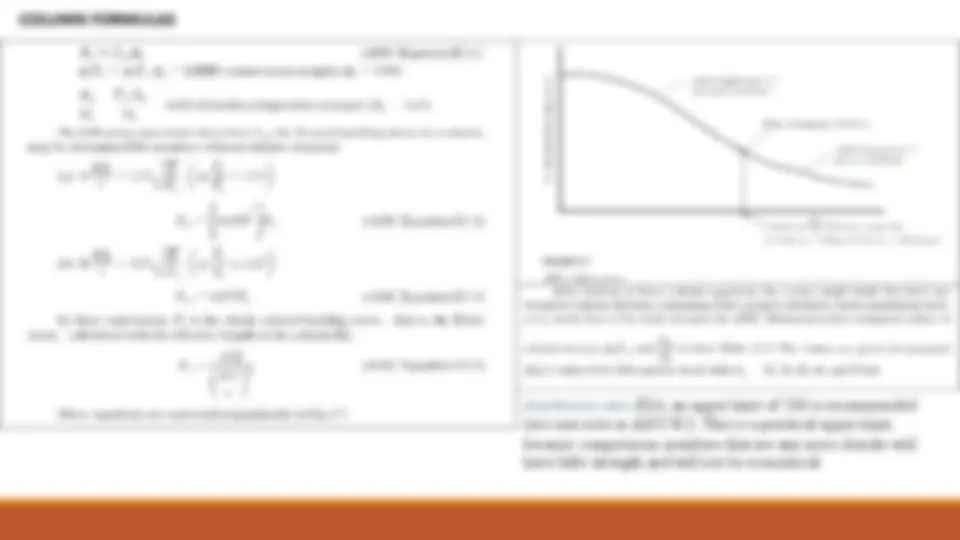
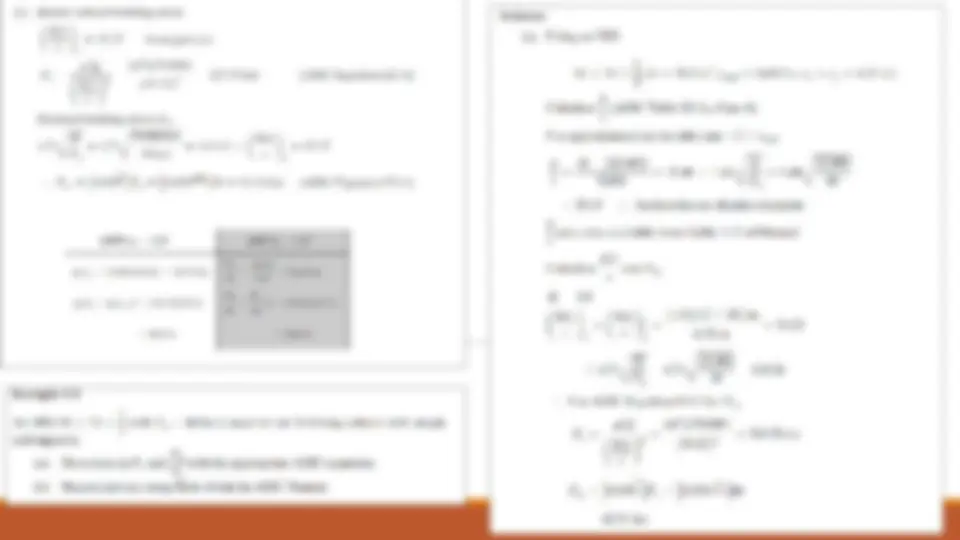
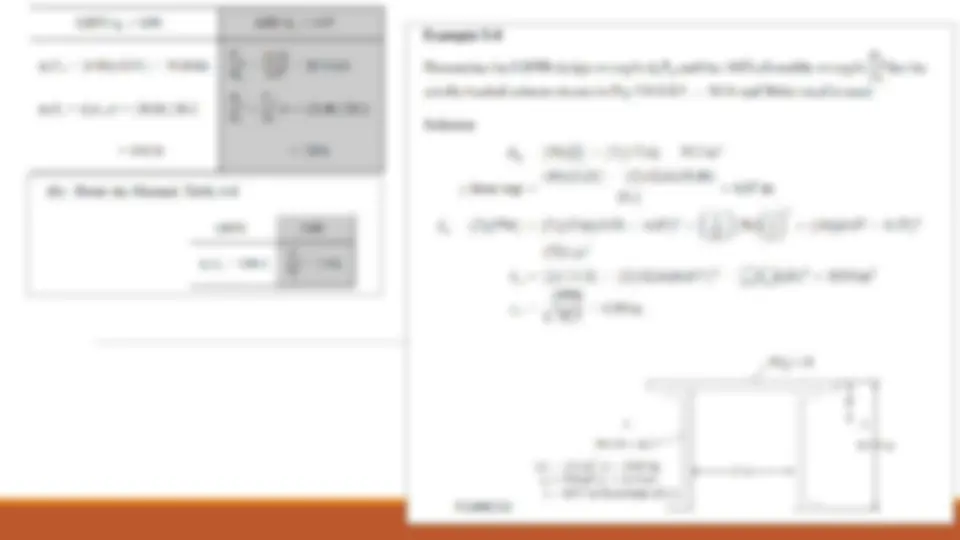
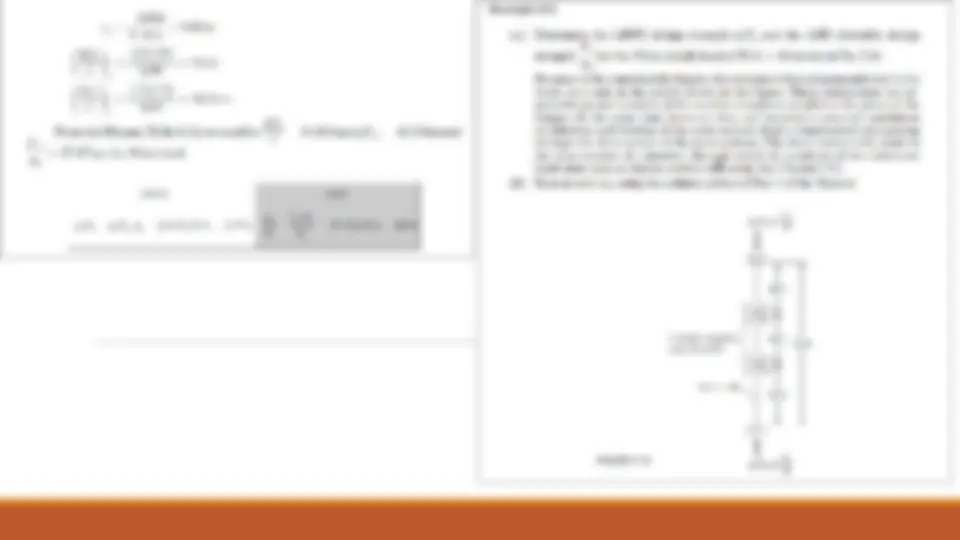
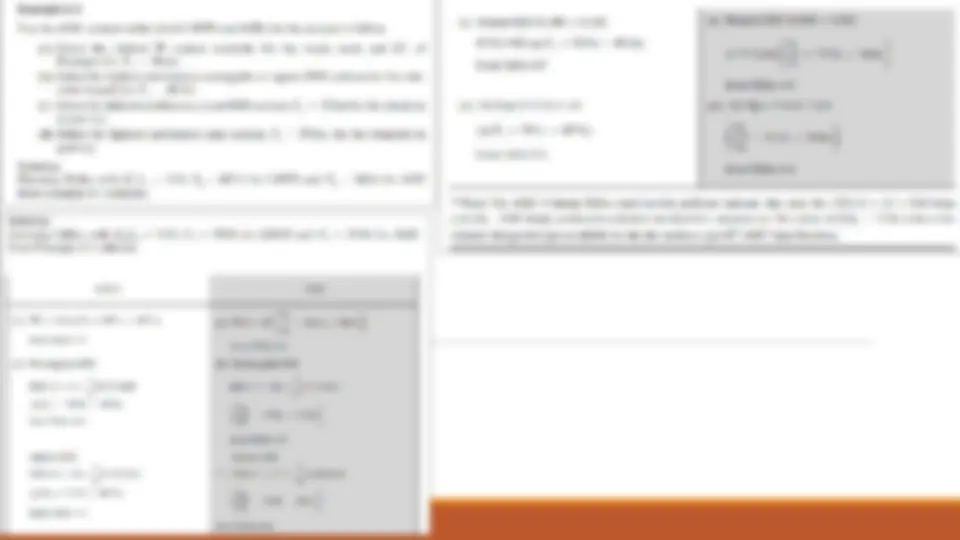
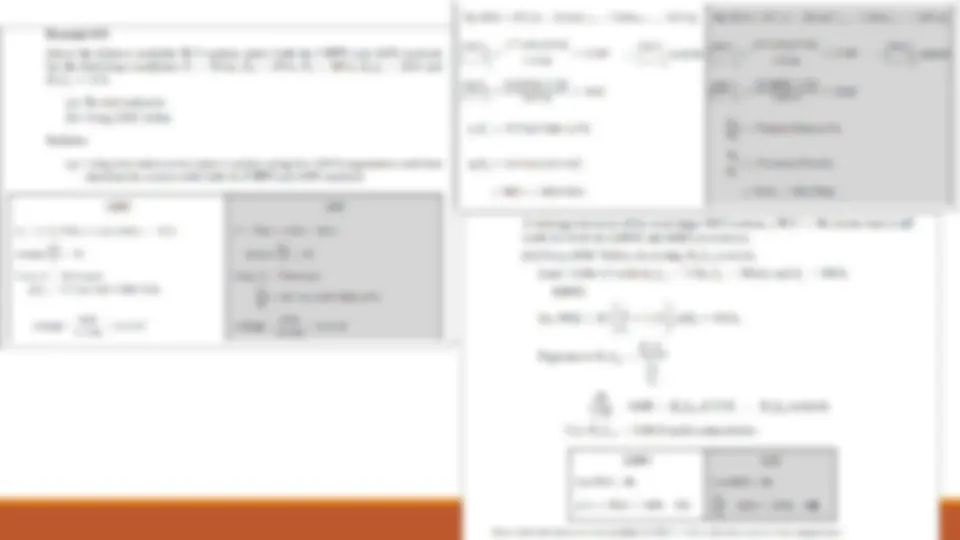

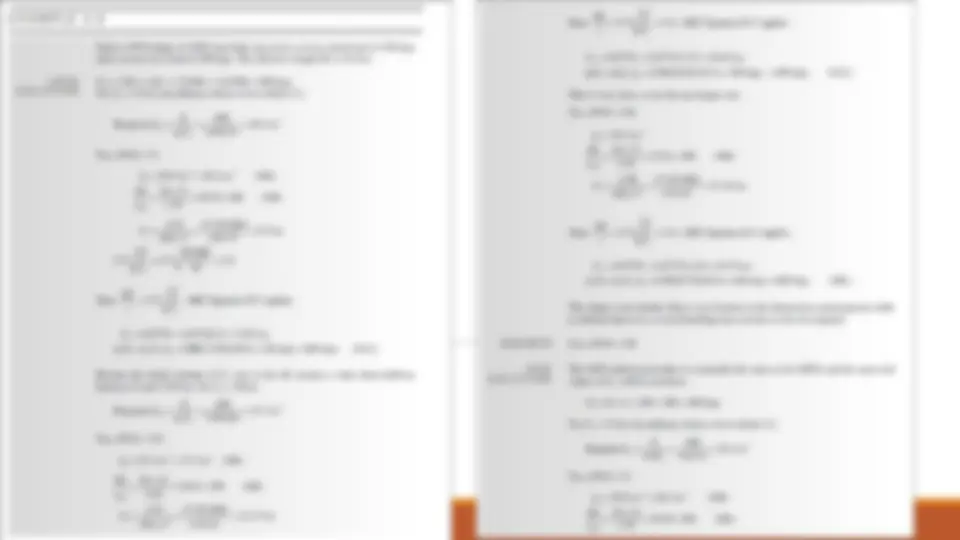
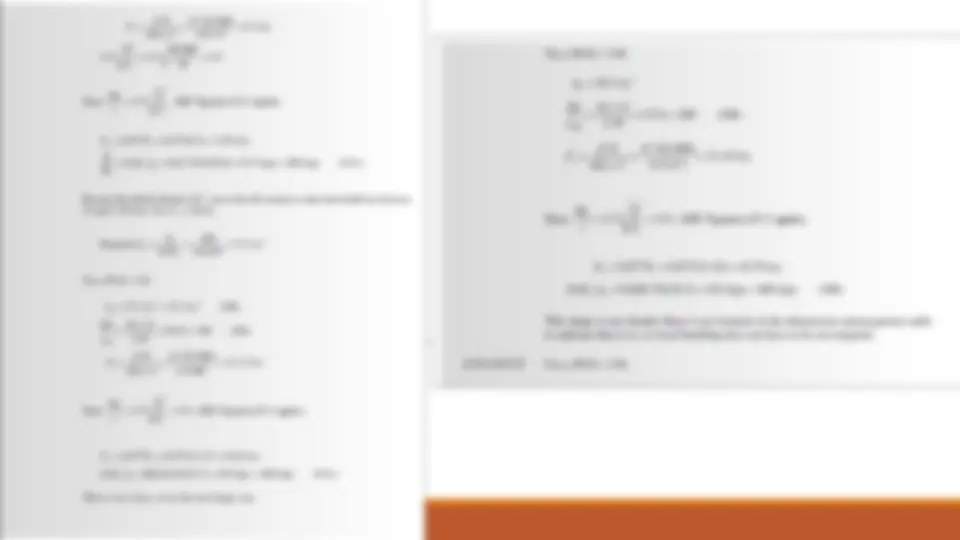


Study with the several resources on Docsity

Earn points by helping other students or get them with a premium plan


Prepare for your exams
Study with the several resources on Docsity

Earn points to download
Earn points by helping other students or get them with a premium plan
Community
Ask the community for help and clear up your study doubts
Discover the best universities in your country according to Docsity users
Free resources
Download our free guides on studying techniques, anxiety management strategies, and thesis advice from Docsity tutors
2. Design of Compression Members 2.1 Table 4-22 in Part 4 of the Manual, “Design of Compression Members” 2.2 Available strength tables “column load tables” 2.3 Trial and Error Approach
Typology: Slides
1 / 22

This page cannot be seen from the preview
Don't miss anything!















LECTURE 104
Compression members are structural elements that are subjected only to axial compressive forces; that is, the loads are applied along a longitudinal axis through the centroid of the member cross section, and the stress can be taken as f = P/A, where f is considered to be uniform over the entire cross section. Compression Members The most common type of compression member occurring in buildings and bridges is the column, a vertical member whose primary function is to support vertical loads. In many instances, these members are also subjected to bending, and in these cases, the member is a beam–column. Three general modes by which axially loaded columns can fail Flexural buckling (also called Euler buckling) is the primary type of buckling discussed in this chapter. Members are subject to flexure, or bending, when they become unstable. Local buckling occurs when some part or parts of the cross section of a column are so thin that they buckle locally in compression before the other modes of buckling can occur. The susceptibility of a column to local buckling is measured by the width–thickness ratios of the parts of its cross section Flexural torsional buckling may occur in columns that have certain cross sectional configurations. These columns fail by twisting (torsion) or by a combination of torsional and flexural buckling.
What is Steel?What is Steel?
critical buckling load. slender compression member stocky member critical buckling load is given by For the equation to be valid, the member must be elastic, and its ends must be free to rotate but not translate laterally. This end condition is satisfied by hinges or pins, as shown in Figure 4.2. The remarkable relationship was first formulated by Swiss mathematician Leonhard Euler and published in 1759. The critical load is sometimes referred to as the Euler load or the Euler buckling load. The
What is Steel?What is Steel?
critical buckling load. slender compression member stocky member critical buckling load is given by For the equation to be valid, the member must be elastic, and its ends must be free to rotate but not translate laterally. This end condition is satisfied by hinges or pins, as shown in Figure 4.2. The remarkable relationship was first formulated by Swiss mathematician Leonhard Euler and published in 1759. The critical load is sometimes referred to as the Euler load or the Euler buckling load. The
What is Steel?What is Steel? KL is the effective length K is the effective length factor
slenderness ratio KL/r, an upper limit of 200 is recommended (see user note in AISC E2). This is a practical upper limit, because compression members that are any more slender will have little strength and will not be economical.
Design of Axially Loaded Compression Members The selection of an economical rolled shape to resist a given compressive load is simple with the aid of the column load tables. Enter the table with the effective length and move horizontally until you find the desired available strength (or something slightly larger). In some cases, you must continue the search to be certain that you have found the lightest shape. Usually the category of shape (W, WT, etc.) will have been decided upon in advance. Often the overall nominal dimensions will also be known because of architectural or other requirements.
For shapes not in the column load tables, a trial-and-error approach must be used. The general procedure is to assume a shape and then compute its strength. If the strength is too small (unsafe) or too large (uneconomical), another trial must be made. A systematic approach to making the trial selection is as follows: